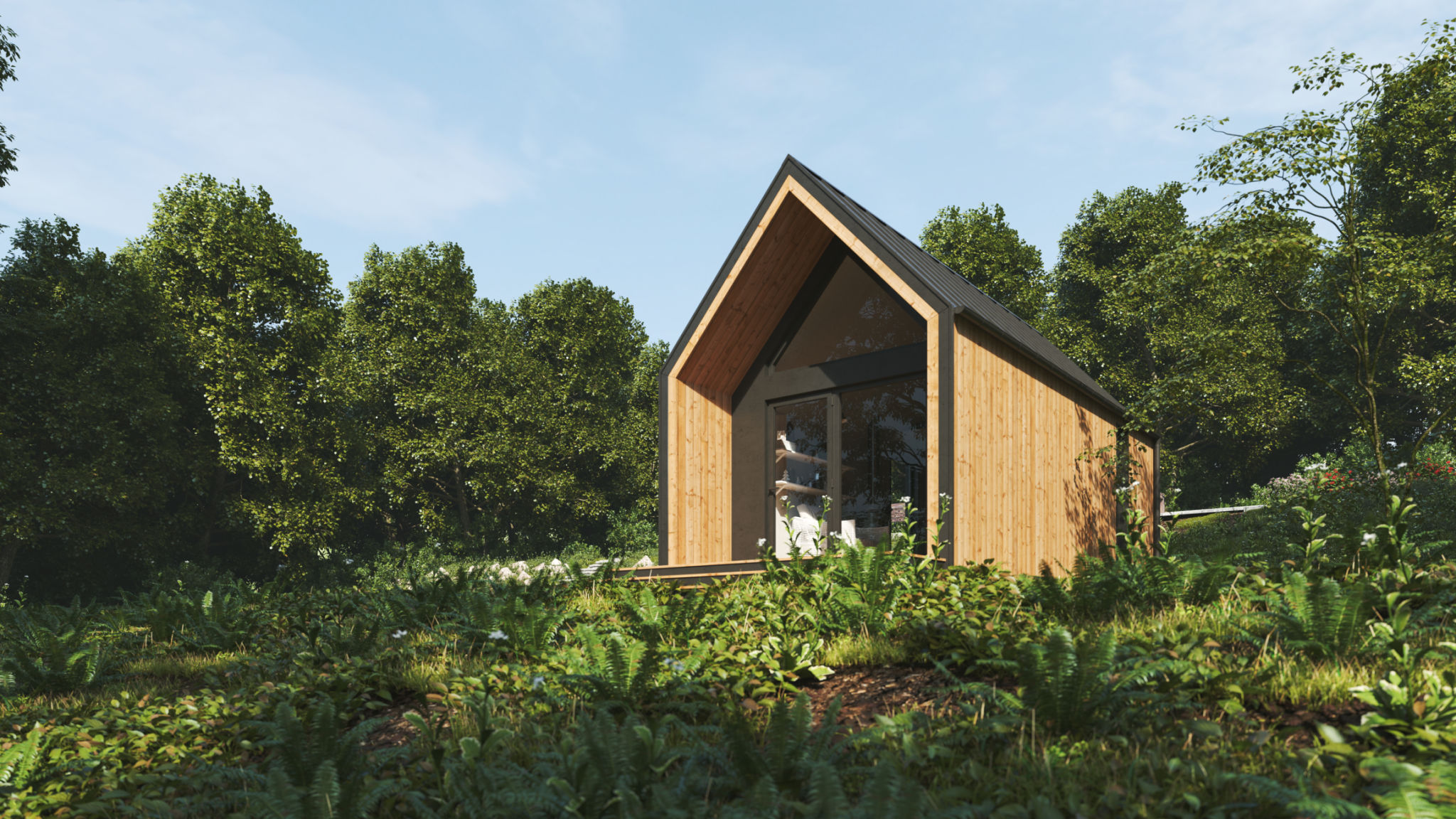Sustainable Interior Design: Eco-Friendly Tips for Your Home
LC
Understanding Sustainable Interior Design
Sustainable interior design is an approach that seeks to minimize environmental impact by making thoughtful choices in materials, products, and design practices. It is about creating spaces that are both beautiful and eco-friendly. By making small changes, you can significantly reduce your home's carbon footprint while fostering a healthier living environment.
When you opt for sustainable design, you are not only contributing positively to the environment but also promoting a lifestyle that values resources and encourages mindful consumption. This practice often involves selecting materials that are reusable, recyclable, or biodegradable.

Choosing Eco-Friendly Materials
One of the primary ways to embrace sustainable interior design is by selecting eco-friendly materials. Consider using reclaimed wood or bamboo for flooring as these options are both durable and renewable. Additionally, opt for non-toxic paints and finishes which help maintain indoor air quality.
For textiles and upholstery, choose organic cotton, hemp, or linen. These materials are grown without harmful pesticides and are typically more biodegradable than synthetic fabrics. When selecting furniture, look for pieces made from recycled or upcycled materials.
Invest in Energy-Efficient Lighting
Lighting plays a crucial role in sustainable interior design. Switching to LED bulbs can save energy and reduce electricity bills significantly. LED lights use up to 80% less energy than traditional incandescent bulbs and have a longer lifespan, which means less waste in the long run.
Consider installing dimmer switches and motion sensors to further enhance energy efficiency. These additions help reduce unnecessary lighting usage by providing light only when needed.

Incorporating Natural Elements
Nature can be a wonderful source of inspiration for sustainable interior design. Incorporate natural elements like indoor plants, which improve air quality and add a touch of greenery to your home. Plants have been shown to reduce stress and promote well-being, making them an excellent addition to any room.
Additionally, consider using natural stones for countertops or decorative accents. Stones like granite, marble, and quartz are not only durable but also add a timeless appeal to your home design.
Reduce, Reuse, Recycle
Adopting the principles of reduce, reuse, and recycle can significantly impact your home's sustainability. Start by decluttering and donating items you no longer need. This not only gives your home a fresh look but also helps reduce waste.
Reuse what you can by repurposing old furniture or decor items. A fresh coat of paint or new upholstery can give new life to old pieces. When buying new items, consider those made with recycled materials or those that can be recycled at the end of their life.

Consider Sustainable Water Practices
Water conservation is another essential aspect of sustainable interior design. Install low-flow faucets and showerheads to reduce water usage without sacrificing performance. Additionally, consider dual-flush toilets that offer options for different water volumes.
Harvesting rainwater for gardening or outdoor cleaning tasks is another excellent practice. By implementing these water-saving strategies, you're promoting a more sustainable household.
Conclusion: A Step Towards a Greener Future
Embracing sustainable interior design is not just about following a trend; it's about committing to a healthier planet and future. By making conscious choices in materials, lighting, water usage, and decor, you can create a beautiful home that reflects your values and respects the environment.
Start small, incorporate these eco-friendly tips into your home, and enjoy the benefits of a sustainable lifestyle while contributing positively to the world around you.
